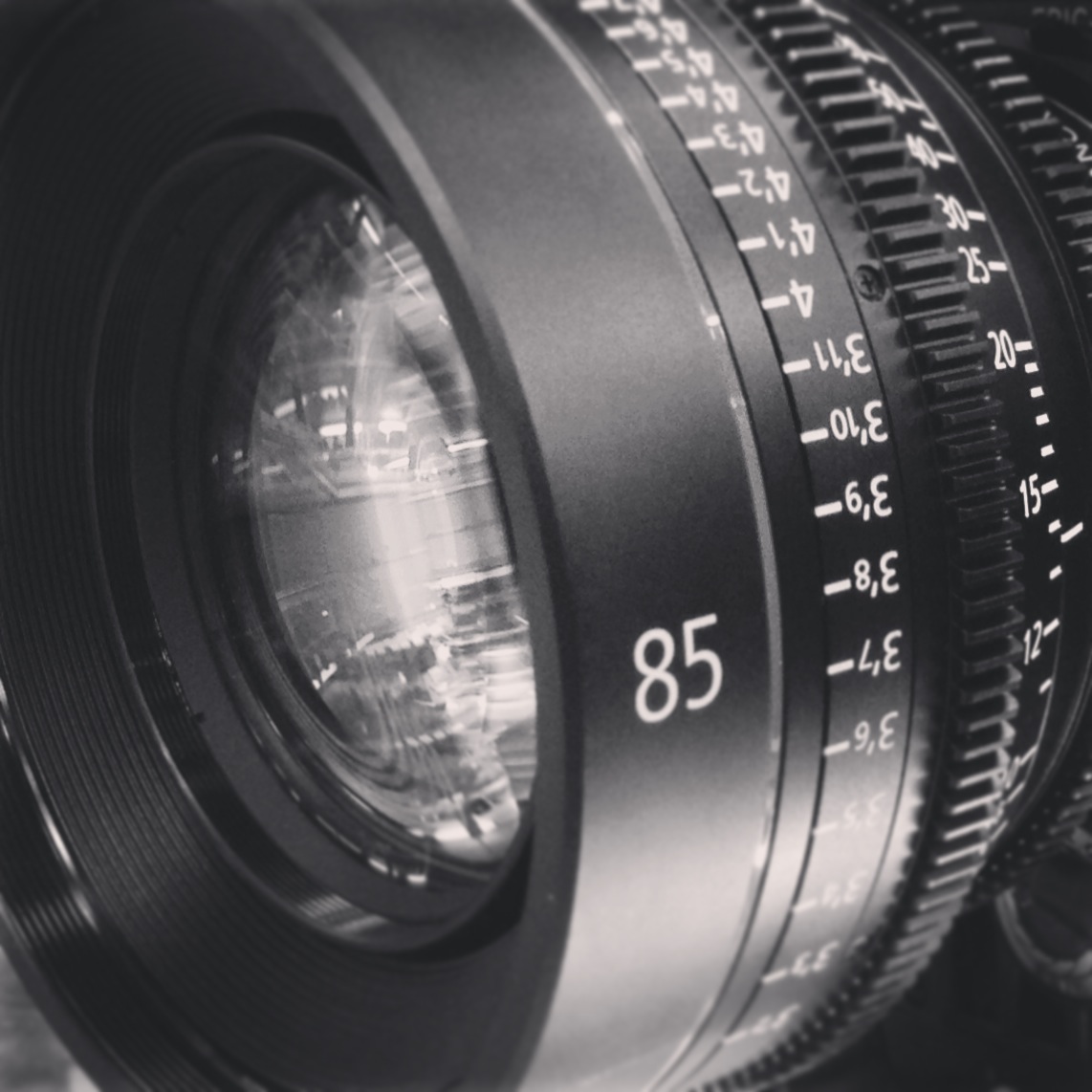In 2008, we were all swept up in the wave of DSLRs that were powerful enough to start making videos. A few years later we now have video cameras generating still frames good enough for print. Companies like RED define these new cameras as DSMCs, or Digital Still and Motion Cameras. I've had the chance to now work on a handful of projects utilizing the Epic for the purpose of primarily stills, with the benefit of capturing 24-120fps on the side. I've heard this defined as 'Cinephotography.' And while I think this is a peek into the future, we're not all flying around in hover-cars and silver jumpsuits...yet.
"I do however think it’s always important to look at the cutting edge technology available today – to see what we might all have in our hands tomorrow." - Vincent Laforet
The benefit to this process is pretty simple to explain, given the limitations of high-definition cameras, which can only record in 1920x1080. Yet we can now grab single frame images that are on par with those generated by professional still cameras, by using systems such as the RED ONE/EPIC/SCARLET. You can certainly grab frames out of footage from your Canon 5D, but then it's 8bit, usually not that sharp, and almost assuredly degraded by the codecs involved. What we see with the EPIC is the ability to capture video, and stills, all in one go. This assumes the image is in focus and properly exposed, treat each frame as a potential photograph.
This allows us to work smarter and not harder in principal, because you're producing 14-19 megapixel images with a huge helpin' of video along with it, because they're one and the same. That said I'm starting to fall on the camp that believes that this only works if your primary mission is to shoot video with the side benefit of getting amazing still frames out of it.
Why I say this is that I don't believe these DSMC systems (RED EPIC, and soon systems like the Black Magic 4K, and Sony F55) work nearly as well for photography as a dedicated photographic system, such as your Nikon/Canon DSLR. And don't come close to competing with medium format digital systems...yet. The reason being is workflow. I feel that as a photographer you know when you have that moment, call it whatever you want, 'snap,' 'capture,' etc. You know in that instant, and looking at that LCD on the DSLR is confirmation, that you have what you're looking to achieve. With a system like the EPIC you're burning through gigabytes of data per minute, with the knowledge of having to scrub through anywhere from 24 to 120fps just for one second of footage. This presents two challenges; time and storage.
Time is the biggest one. As generally on these projects we're not paid by the hour, and because of that we have to be able to quickly identify, and begin working with those assets that we produced. With a still camera we're producing a few dozen, to a hundred images per usable image. In this cinephotography style we're now producing 100-to-1000x that much information. So the ability to sort through it becomes the biggest drain on time.
In addition to that creation of information comes the issue of storage. You're now generating a half a terabyte of data on the low-end, for what could yield only a handful of production ready images. Outside of sorting through the data, you and the client need to know going in that you're essentially starting with an iceberg with the intention of chipping down to a few ice-cubes.
So where's the benefit then? Where these systems pay off is by reversing the workflow. I don't believe systems like the EPIC can beat DLSRs when they're matched up purely as still cameras, with the goal of only producing still images. DSLRs have had decades to be mostly-elegant executions of capturing still frames in time. However if you come at Cinephotography from the perspective of producing video first, knowing that you can extract quality stills after the fact, then it is an unbelievably powerful tool-set. I have run out of fingers and toes to count the amount of times a client has asked for still frames for websites, magazine articles, or other print publications, to realize that 1080p won't cut it for anything but reduced web deliverables. So obviously it's fantastic for being able to cut a video, and then provide a client with high quality stills on request without compromising anything in the process. Where it really becomes a quantifable selling point to the client is the ability go out and shoot a project, knowing during production that you're also generating still captures on the level of quality as a DSLR. I think it's that 180 on intention of how you're using a DSMC system that takes it from a headache to something that becomes incredibly valuable to the client. We reduce the amount of time, and cost, of having two different camera systems, while generating a product equal to the quality of each respective system.
If that priority of making beautiful video is your goal, then the payoff of creating still imagery becomes part and parcel, and you end up with two amazing deliverables for the price of one. I believe if you can keep that process, and mindset, then that's where you see a positive convergence in technology. And at that pont the line separating those two technologies starts getting really blurry in the best of senses.




